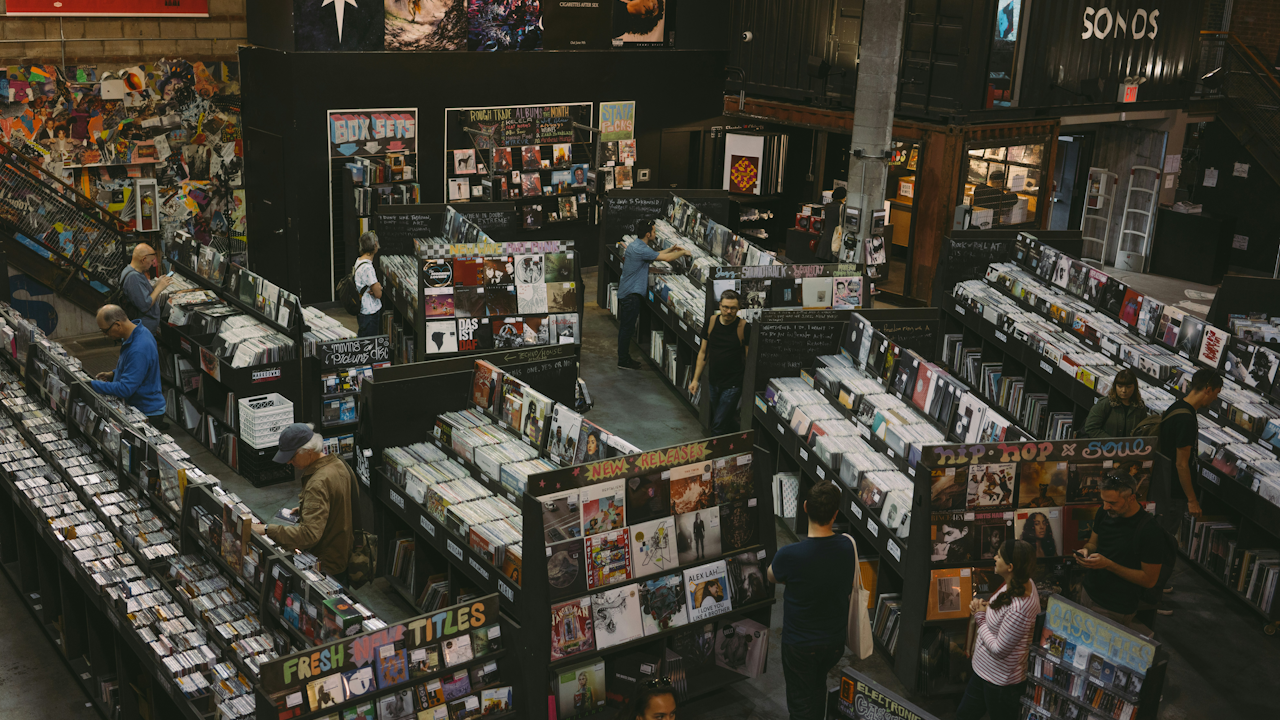In an age dominated by digital streaming platforms, the resurgence of vinyl records is an intriguing cultural phenomenon. Once considered relics of the past, vinyl records have experienced a remarkable revival over the past decade. This revival is not simply a nostalgic longing for a bygone era; rather, it reflects a deeper desire for tangible experiences, superior sound quality, and an appreciation for artistry. Several factors contribute to the growing popularity of vinyl records, ranging from their aesthetic appeal to the emotional connection they foster.
One of the primary reasons vinyl records are making a comeback is their unique listening experience. Unlike digital formats, which prioritize convenience and portability, vinyl offers a more immersive and intentional form of music consumption. The act of placing a record on a turntable, carefully lowering the needle, and listening to an entire album from start to finish fosters a sense of ritual. This process encourages listeners to engage with the music on a deeper level, appreciating nuances and subtleties that might be overlooked in a quick digital playlist shuffle.
Sound quality also plays a significant role in the renewed interest in vinyl records. Audiophiles often argue that vinyl provides a richer and warmer sound compared to digital formats. This distinction arises from the analog nature of vinyl, which captures a continuous sound wave, as opposed to the compressed and digitized versions found on streaming platforms. While digital music is often compressed to save space, vinyl preserves the full dynamic range, allowing listeners to experience music as the artist intended. This authenticity and warmth are particularly appealing to those who value audio fidelity.
Beyond sound quality, vinyl records offer a physical connection to music that digital formats cannot replicate. Album covers, liner notes, and the tactile experience of handling records contribute to a sense of ownership and intimacy. Collecting vinyl allows enthusiasts to engage with music as a multidimensional art form, appreciating the visual and textual elements that accompany the auditory experience. The artwork on vinyl sleeves often represents an extension of the artist’s vision, transforming albums into collectible pieces of art. This tangible aspect resonates with those seeking a break from the ephemeral nature of digital media.
Nostalgia undoubtedly plays a part in vinyl’s resurgence, but it is not limited to those who grew up with records. Younger generations, who never experienced vinyl’s heyday, are discovering the format through cultural influence and curiosity. For many, vinyl represents a way to connect with the past while embracing a slower, more deliberate form of media consumption. This generational crossover has fueled a robust market for both reissues of classic albums and new releases on vinyl. Record labels and artists recognize this demand, leading to a steady increase in vinyl production and special edition releases.
The resurgence of vinyl is also intertwined with the broader trend of valuing authenticity and craftsmanship. In an era where mass production and digital replication are the norms, vinyl records symbolize a return to craftsmanship and analog beauty. Independent record stores, once threatened by the rise of digital music, are now thriving hubs for community and cultural exchange. Record Store Day, an annual event celebrating vinyl culture, attracts enthusiasts worldwide and underscores the communal aspect of vinyl collecting.
Social media has further amplified the vinyl revival. Platforms such as Instagram and TikTok provide spaces for collectors to share their prized records, discover new music, and engage in discussions about pressing quality and rare finds. This online visibility fosters a sense of community among collectors and newcomers alike. Moreover, artists and influencers often share their vinyl collections, sparking interest and encouraging fans to explore the format.
Economic factors also contribute to vinyl’s renewed popularity. Although vinyl records are more expensive than digital downloads or streaming subscriptions, many consumers view them as worthwhile investments. Limited edition pressings and rare vinyl releases often appreciate in value over time, making them attractive to collectors. This tangible value contrasts with the fleeting nature of digital media, which offers no physical artifact to cherish or resell. As a result, vinyl collecting is not just a hobby but also a form of cultural and financial investment.
The sensory experience of vinyl extends beyond sound to the ritual of record shopping. Browsing through bins of records, discovering hidden gems, and engaging with knowledgeable store owners fosters a sense of community and serendipity. This analog approach to discovering music contrasts sharply with algorithm-driven recommendations, offering a more personal and unpredictable journey. For many enthusiasts, the thrill of finding a sought-after record or stumbling upon an unknown treasure is an irreplaceable aspect of vinyl culture.
Artists themselves are increasingly embracing vinyl as a means of artistic expression. Many musicians release albums on vinyl to provide fans with a more immersive experience. Gatefold sleeves, colored vinyl, and elaborate packaging transform records into unique artifacts that reflect the creative spirit behind the music. This renewed emphasis on physical media allows artists to cultivate a deeper connection with their audience and offer something beyond the intangible nature of streaming.
Cultural and emotional dimensions further underscore the appeal of vinyl. Listening to a vinyl record often becomes a shared experience, whether through family traditions or social gatherings. The act of playing records at home can foster bonding and storytelling across generations. Vinyl’s physicality and ritualistic nature create an atmosphere of mindfulness, encouraging listeners to slow down and savor each moment. This contrasts with the instant gratification and passive consumption that define much of contemporary media.
The enduring appeal of vinyl records reflects a broader cultural shift toward valuing authenticity, craftsmanship, and meaningful experiences. As technology continues to advance, the allure of analog formats remains strong for those seeking a deeper connection to music. Vinyl records not only preserve the legacy of recorded music but also offer a timeless and tangible way to engage with sound, art, and community.

